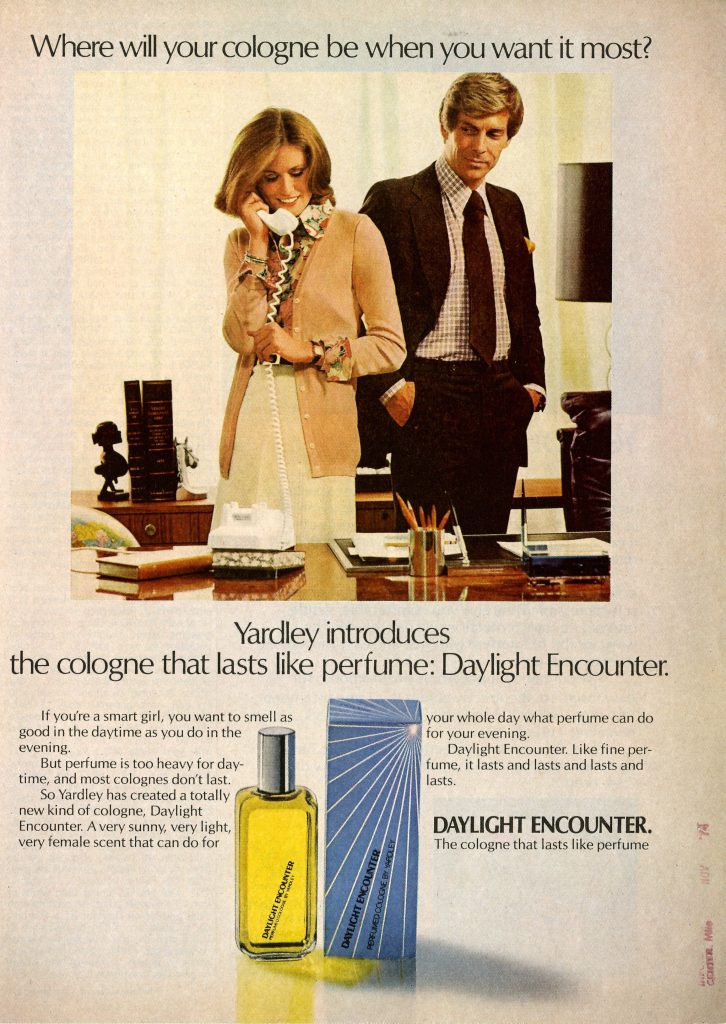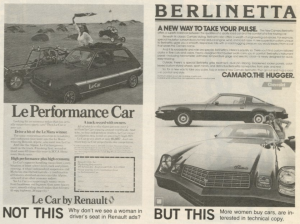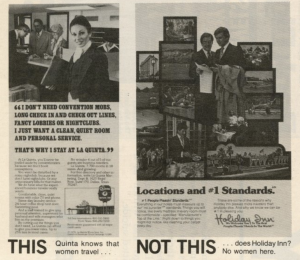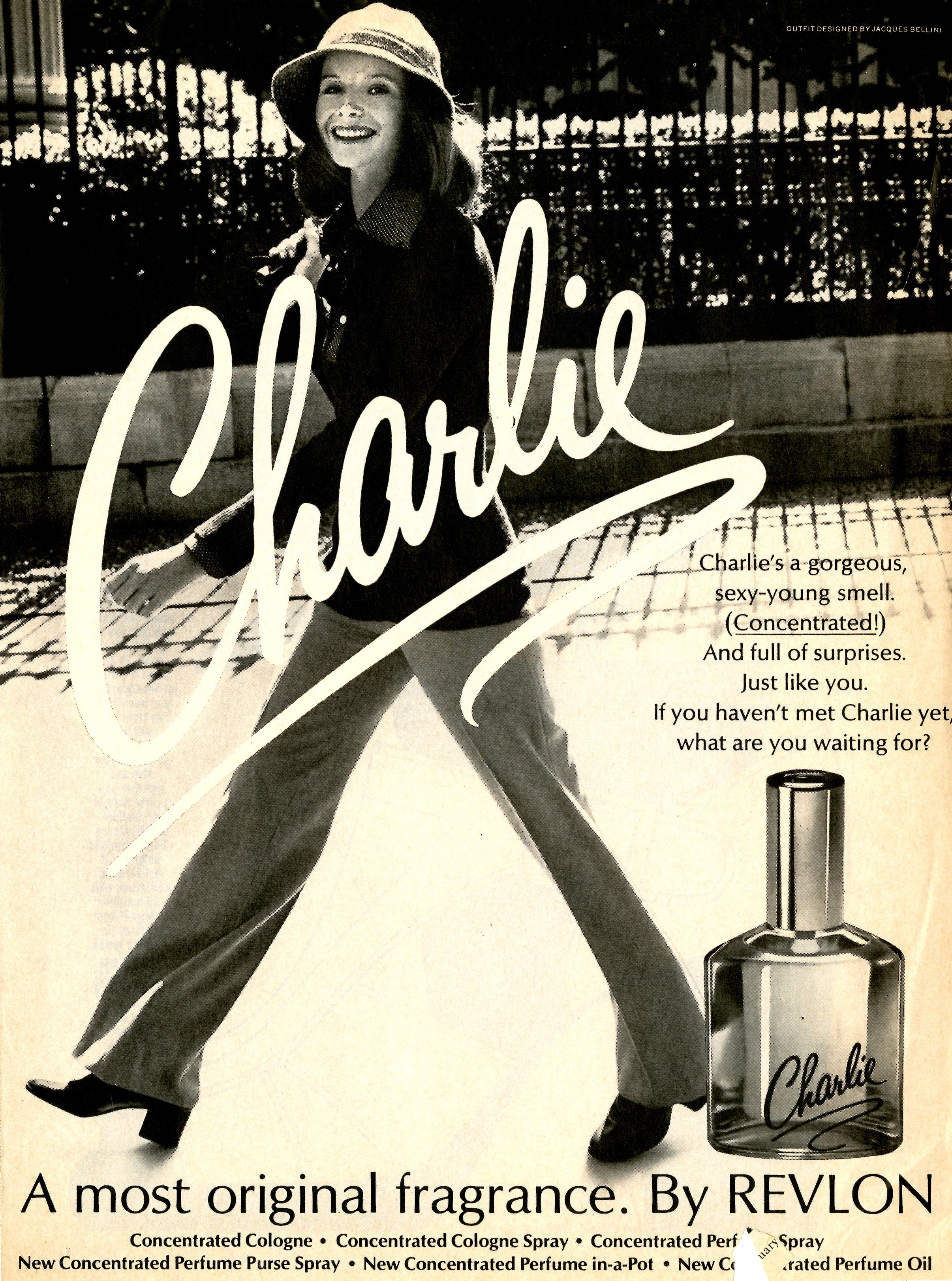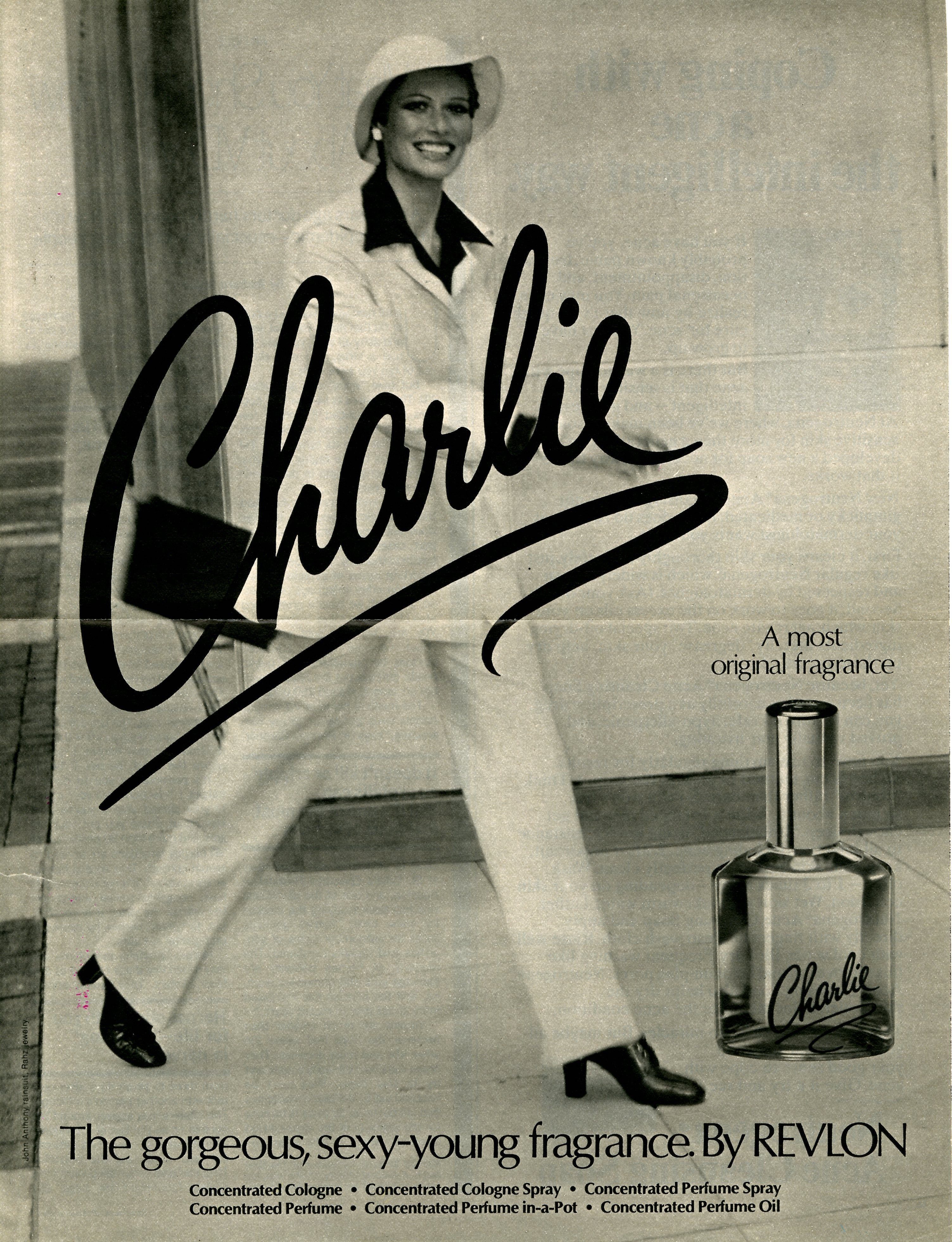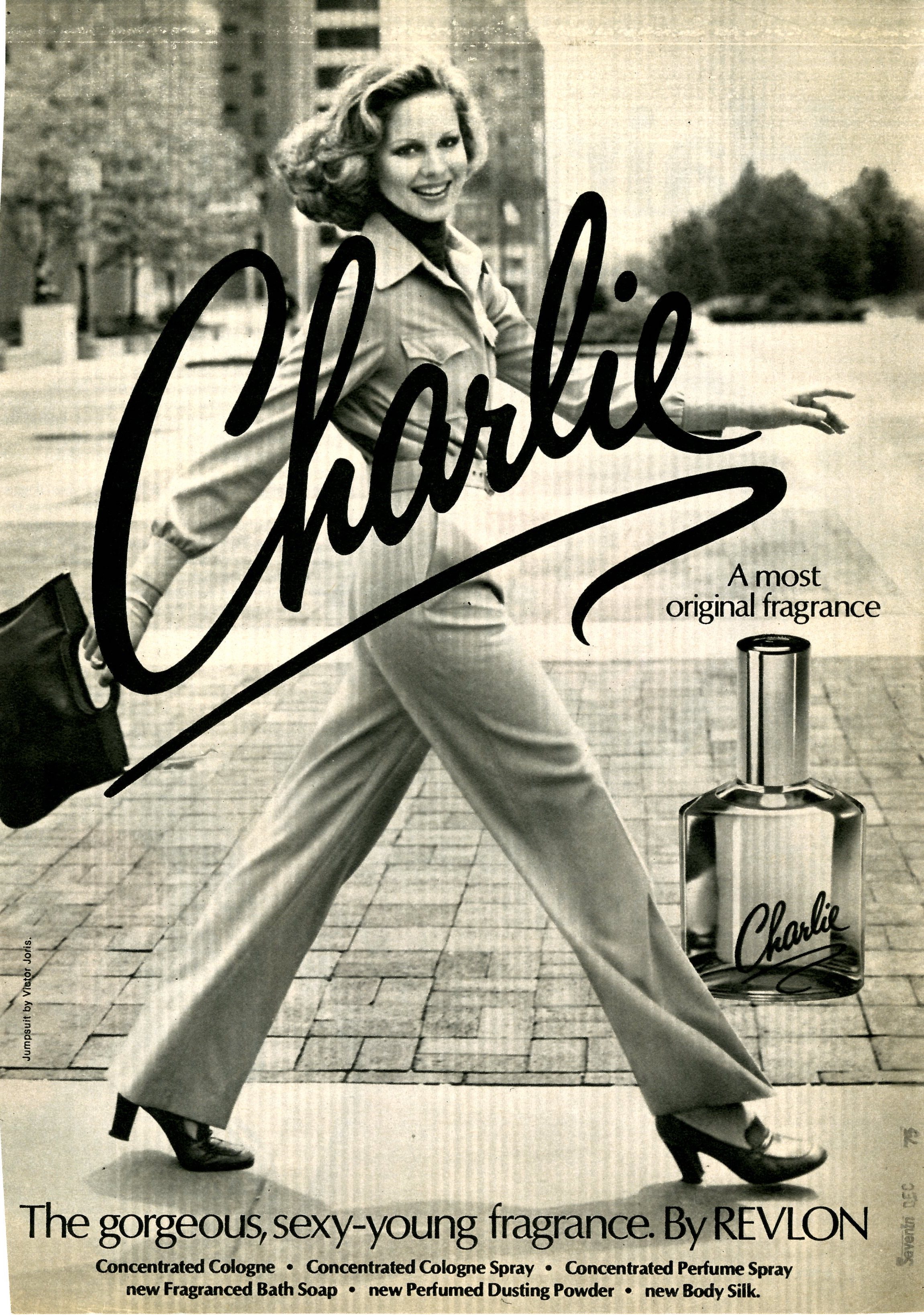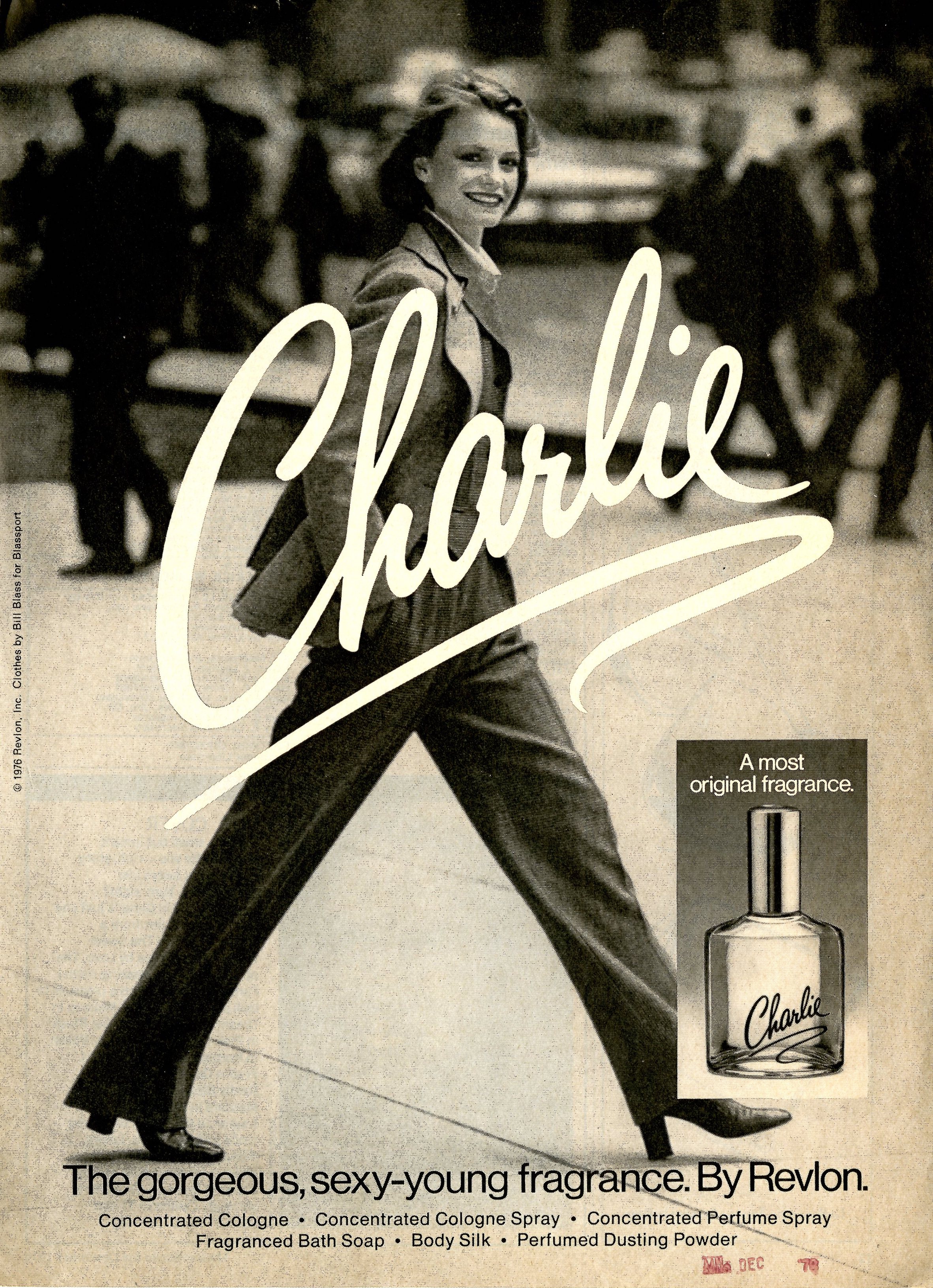What a Career Woman Wants, and How to Sell it to Her
Agency men once reluctant to cater to the working woman’s market now rushed to compete for the Career Woman’s attention. While career women only represented a small fraction of the women’s market, the well-educated, affluent, style-conscious and ambitious group of women presented a prime target for many markets.
With the additional demands of a career added onto their responsibilities at home, convenience was of paramount importance to the career woman. Advertisers swapped out the outdated housewife for “superwoman,” who was characterized by the idea that “women today really do insist they can do it all. They firmly believe that they can handle marriage, family, and a career all at the same time and do it well.” A whole new market of product emerged “designed to help liberate them from their chief enemy, the clock.”
This style-conscious career woman looked for quality products that helped her create a unique and original look. Industry experts recognized the importance of the career woman in high-end markets. One advertising executive summed it up as follows:
“With their upgraded pockets they have upgraded status, they have upgraded tastes and the pocketbooks to match.”
-Tina Santi, Corporate VP, Colgate Palmolive, 1979
Advertisers who could address these needs would be able to compete for the career woman’s attention and dollars.
She Drives, She Flies, and She Looks Good Doing it
The unique demands of the career women’s lifestyle coupled with her large disposable income made her the ideal customer for the automobile, travel, and cosmetics industries. The following three sub-sections outline why opportunistic advertisers were so desperate to win over the career woman’s loyalty.
Career Women at the Dealership:
Long gone were the days when women only chose the upholstery. Career women were buying more cars and making more of the purchasing decisions. The career-oriented married woman, in particular, was the most likely to live in a two-car household of all the “new demographic” groups. Empowered by her financial contributions to the household, the career woman was the most likely to have been involved in the car purchasing decision, or in the case of the single career woman–make the decision herself. While ads perpetuated the stereotype of the female automobile customer as a housewife–driving the kids to school and to the grocery store–career women actually racked up the most miles out of any group (The New Woman is Here, 1979).
Career Women Take Flight:
As women in middle-management to high ranking professional roles traveled for business, they became an important customer for airlines and related travel services. Compared to housewives or other women with children, the career woman was far more likely to travel. Even when compared to men, the career woman represented an important travel customer–up to 94% as important as men by some estimates (What Every Marketer Should Know About Women, 1978). When she traveled, the career woman also needed related products and services like luggage, hotels, and traveler’s checks.
Career Women in the Cosmetics Isle:
Due to her attention to her appearance and large discretionary income, the career woman became the target of beauty industry marketers. Since a woman’s appearance was considered incredibly important in the professional world, career women tended to use more makeup than non-working women. When purchasing cosmetics, these busy women demanded products that lasted all day. They were also concerned with creating their own individual style: “they plan their wardrobes carefully and study cosmetics to achieve their own ‘look’,” explained Rena Bartos. Career women were willing to spend more on products that satisfied these need, “and “once they find products they like, they are loyal to the brand,” she continued (The American Consumer 1970-1990: The Moving Target, 1982). Marketers who could address the needs of career women would win over affluent and loyal customers.
Charlie Perfume: A Case Study In Marketing Cosmetics to the Career Woman
In 1973, Revlon launched their famous Charlie fragrance campaign. The advertisements were the first perfume ads to show women in pants, and featured the tag line “a most original fragrance.” The careful choice of imagery and language effectively targeted the career woman concerned with creating her own “original” look.
Source: JWT Competitive Advertisements, Box 11
